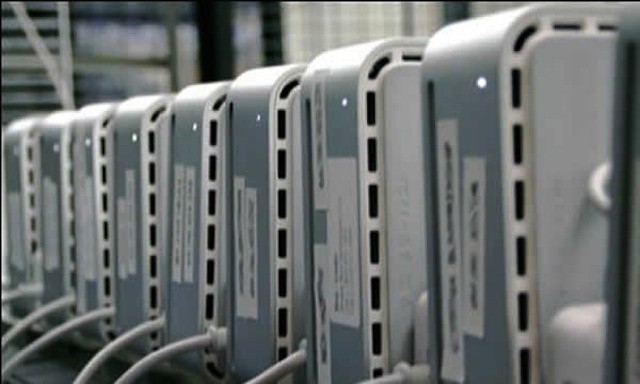Mac and iOS users are strangers to NAND flash storage. After all, Apple has been using flash as a storage medium for years now. iPods, iPhones, iPads, Apple TVs, and some MacBooks all rely on NAND flash as a storage medium of choice. The success of those products has led Apple to be world’s biggest buyer of NAND chips and was no doubt a factor to mention the company’s purchase of Israeli flash memory firm Anobit.
Solid state storage based on NAND flash isn’t Apple-specific. Plenty of other companies offer flash storage in an array of form factors for a huge variety of uses including smartphones and mobile devices. Solid state drives (SSD) drives are available as options for a range of PCs. They’re also becoming common options for servers and network devices. For businesses looking to implement Lion or Mountain Lion, SSDs can be an attractive option. They can also be an expensive prospect, and there may be better ways to spend your business dollars.
NAND storage isn’t limited to use in mobile devices or ultralight notebooks like the MacBook Air, but it does offer some serious advantages in those areas. It uses less battery power, generates less heat, and gives product designers more flexibility than a traditional hard drive. Flash storage devices also deliver much better performance than their mechanical cousins.
Ars Technica recently looked at some of the other potential uses for solid state drives and came up with a pretty comprehensive list, but the one use that sticks out most to me is the use of NAND storage in the data center.
The things that makes flash an attractive option for mobile technologies also applies to servers and network hardware – lower power consumption, the ability to deliver high performance without generating large amounts of heat, and even the flexibility in product design. Of course, there’s also the really big advantage to NAND flash over magnetic hard drives – better performance.
At this point, virtually all enterprise vendors offer SSD as a configuration option on their server and network hardware systems. They also still offer more traditional storage.
Even though Apple no longer ships a dedicated server system, the company does offer SSD storage as an option on all its products including the Mac mini and Mac Pro – the two Macs that Apple describes as potential server systems.
Does it make sense to opt for an SSD in either of those systems? Possibly, but before laying out the significant amount of cash that SSDs will cost (whether you’re buying them as part of a build-to-order system or installing them on your own later), you should examine what your needs are, what they’re likely to be over the next couple of years, and investigating where there are bottlenecks in your existing workflow. In the process, you may find areas that you can tweak inexpensively to deliver increased performance.
Even if you opt to go the SSD route, the process of taking a serious look at your infrastructure, specific needs, and the devices on your network will be helpful because it provides the information you need to make effective and broader upgrades across the board rather than just choosing SSD storage options.
Source: Ars Technica


